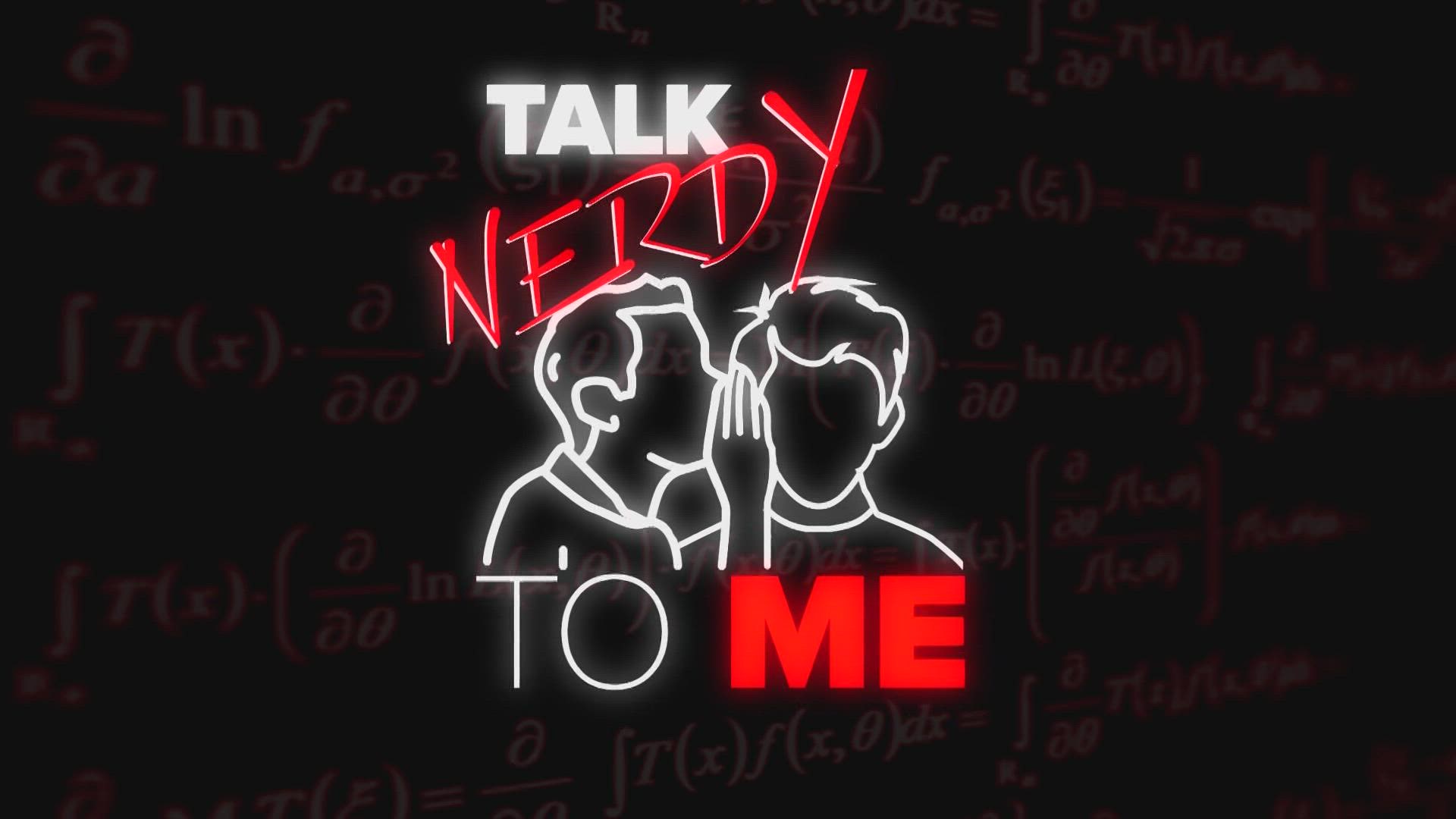MAINE, USA — First the northern lights, then the comet—Earth has seen a lot of interesting phenomena in the sky lately. Another one gracing our skies this month is affectionately known as Earth's "mini-moon."
This "mini-moon" isn't a moon at all. It's an asteroid named 2024 PT5. At just 33 feet wide, it's about the size of a yellow school bus. The "mini-moon" got stuck in Earth's gravitational field when it passed too close in late September.
The "mini-moon" is going to continue to orbit Earth with our moon for a total of 57 days. On Nov. 25, the asteroid is expected to break free of the gravitational pull and leave our orbit to continue to orbit the sun by itself.
An asteroid the size of a school bus may be large to us, but in space terms, it's downright miniscule. Therefore, it is impossible to see with the naked eye. Personal telescopes and binoculars are unlikely to pick up the sight either. Unfortunately, this will mostly be a sight for professional astronomers.
This "mini-moon" is not a new or particularly rare phenomenon. Earth's orbit has captured other asteroids in the past. The earliest recorded by humans was 2006 RH120 back in late 2006-2007, and the latest was 2020 CD3, which was a companion to our moon for nearly 3 years before exiting orbit in 2020.
Despite not being able to see it well, the "mini-moon" is still an interesting phenomenon in our neighborhood. But if you are looking at the sky this week, keep your eyes to the west to catch a glimpse of the comet.
Your space weather enthusiast,
Dana Osgood



